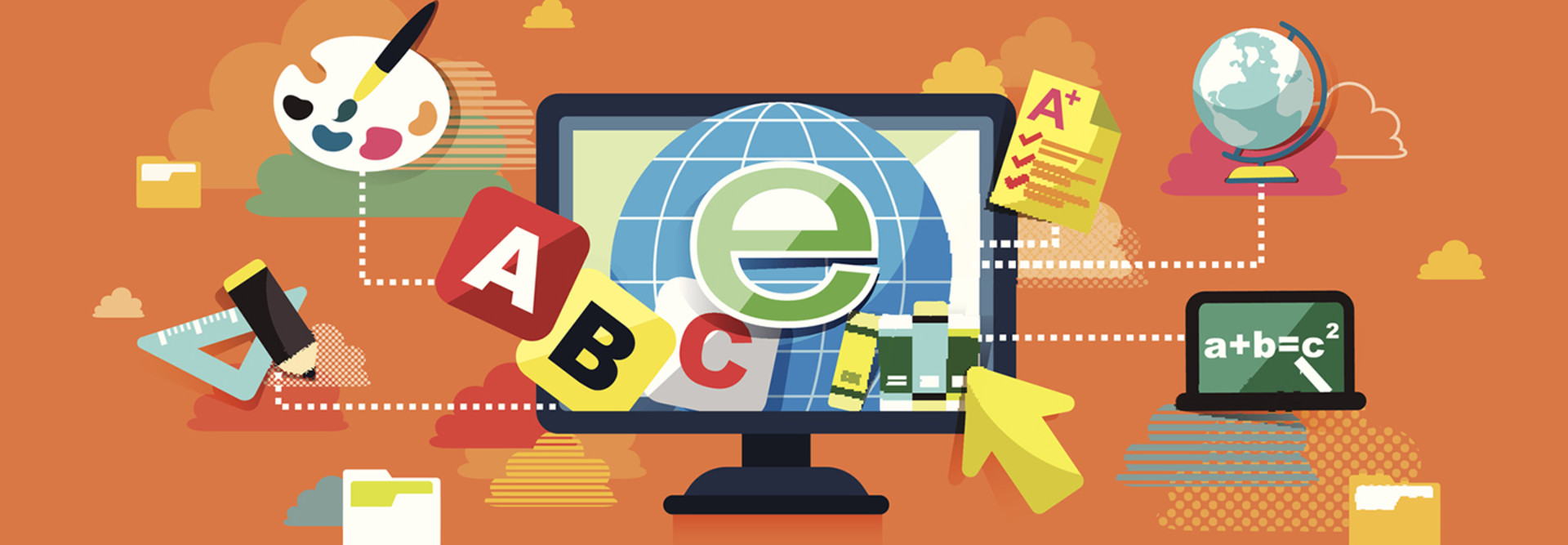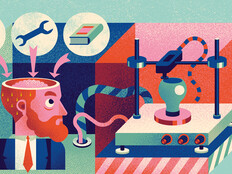New Jersey School Strives to Make Computer Science Available for All
Since President Obama declared that computer science was for all, strides have been made to make it more accessible. The College Board created AP Computer Science Principles to demystify the concepts. Schools like the STEM3 Academy provide students with autism, Asperger’s syndrome or attention deficit hyperactivity disorder with rich, high-tech school experiences. A growing number of educators have added a dash of computational thinking to classes.
So this year, celebrating Computer Science Education Week really felt like it was for all.
At the A. Harry Moore School, where our students have low-incidence disabilities, we believe that IEP means “I expect progress,” not just individualized education program.
Last week, there were many stations at our coding carnival that used the principles of Universal Design for Learning and differentiation based on the diverse needs of our learners.
One example was the Dash robot station. Some of our more advanced students did drop-and-drag coding to cause the Dash robot to launch a ball through a goal post.
For students who might not be able to drop and drag code independently, our technology coordinator modified the activity to help them understand cause and effect. Students understood that if they pushed the green button on the tablet screen, the robot would launch the ball with 100 percent power.
Making Sure Coding Fits in the Curriculum
The New Jersey Core Curriculum Technology Standards define high 21st century expectations for all students.
8.1 Educational Technology: All students will use digital tools to access, manage, evaluate, and synthesize information in order to solve problems individually and collaborate and to create and communicate knowledge.
This standard was adapted to meet the needs of our students at the Code-a-pillar station at the carnival.
The instructor had the students explore coding and literacy skills by having them complete the sentence, “Coding is fun.” The word fun was separated from the first part of the sentence, and students had to demonstrate their digital knowledge by plugging in different pieces of the robot to travel to where the word fun appeared on the floor.
The Therapeutic Connection of Coding and Robotics
As all of our students have physical limitations, physical and occupational therapists in our school use many of our technology tools in therapeutic ways.
Following a robot down the hallway encourages our most reluctant students to practice ambulation skills (either by walking or pushing their wheelchair independently).
Simple robots, such as the Sphero, can be used as tools for reaching and simple eye tracking. We have even seen improvement in hand-eye coordination as students use the tablet to control robots through mazes.
Our music therapist brought in computational thinking as students played musical instruments that each represented a direction. Students took turns playing the instruments and “coding” the rest of the class in a dance. In addition, our visually impaired students were introduced to the robots through sound and touch, giving them a true multisensory experience.
For our students, STEAM education — science, technology, engineering, art and math — goes beyond the understanding of basic coding.










